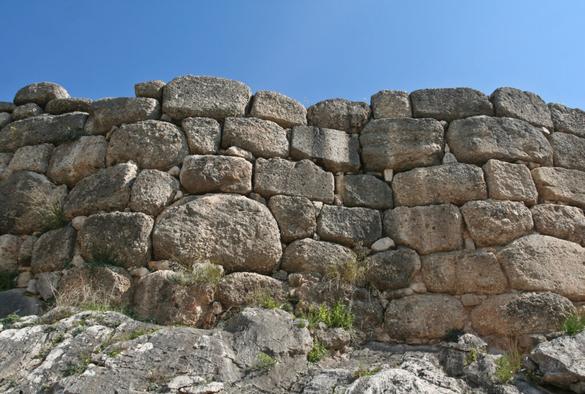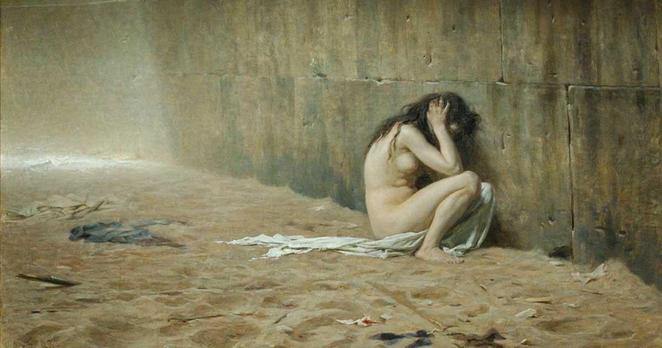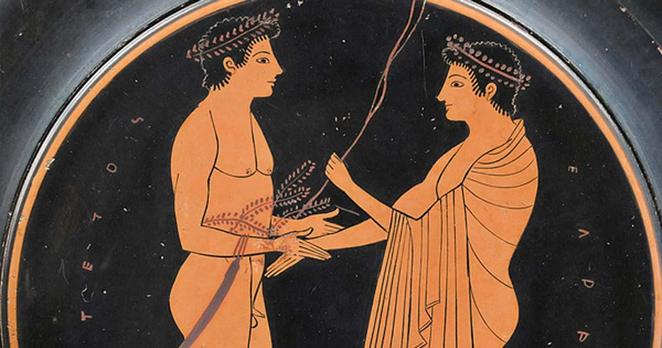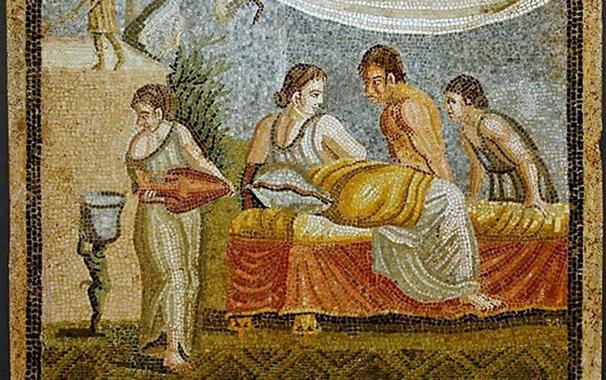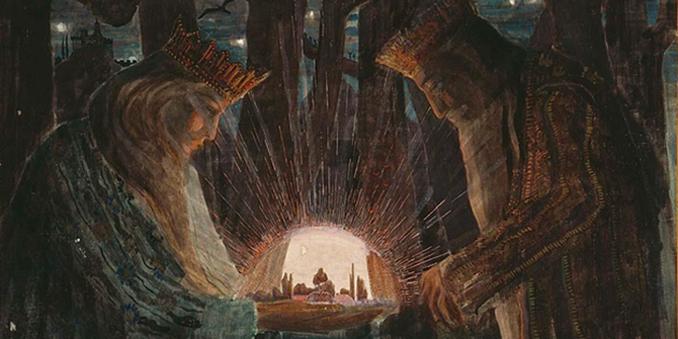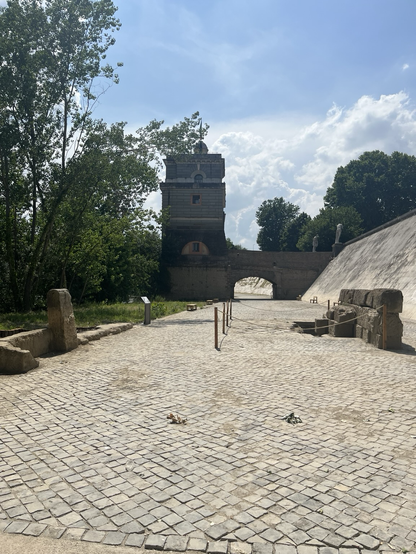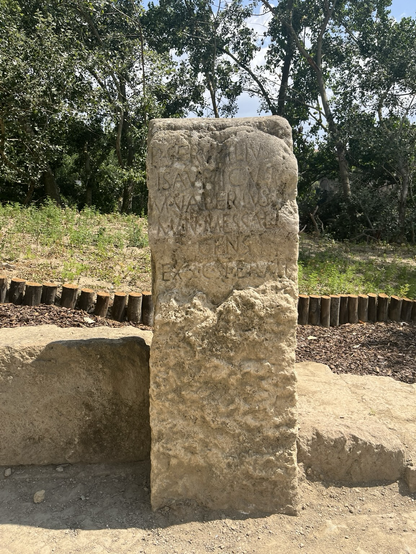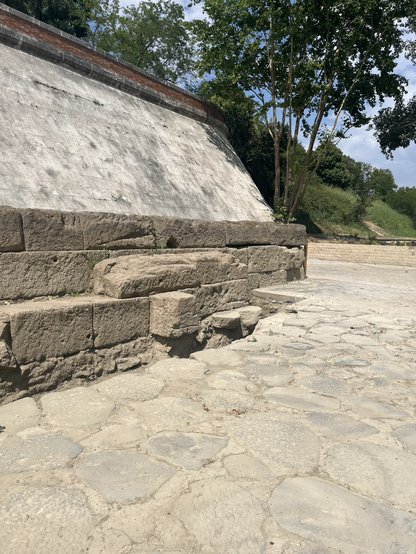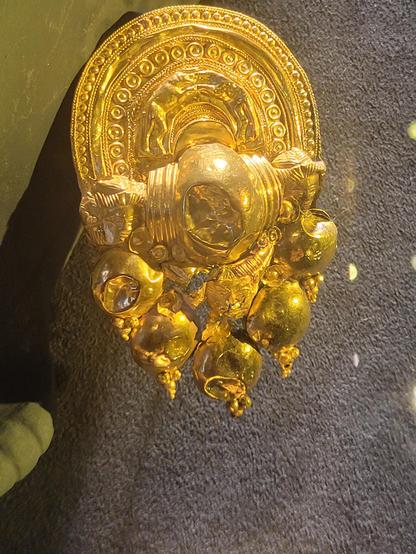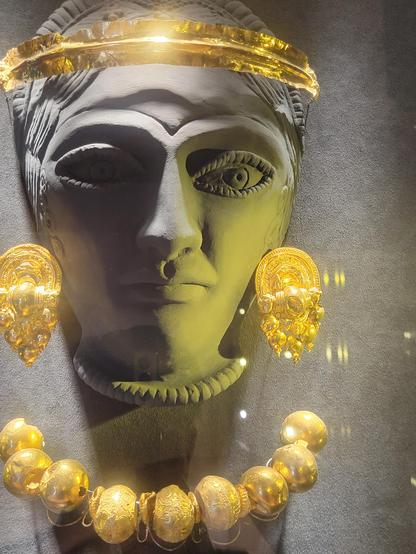AO THROWBACK - From ancient Babylon to the indigenous Cherokee join us as we explore the ancient legends of the Dog Star Sirius the brightest star in the sky. https://www.ancient-origins.net/history-ancient-traditions/what-so-special-about-sirius-dog-star-009232
#AncientOrigins #ancient #history #historyfacts #historylovers #historymatters #ancienthistory #archaeology #mythology
#ANCIENT
AO THROWBACK - Were Norsemen tattooed? It seems likely at least one group was almost certainly inked. https://www.ancient-origins.net/history-ancient-traditions/were-norsemen-tattooed-evidence-ink-rugged-rusiyyah-008351
#AncientOrigins #ancient #history #historyfacts #historylovers #historymatters #ancienthistory #archaeology #mythology
AO THROWBACK - Before modern weaponry militaries were incredibly innovative in battle including psychological biological and even chemical warfare tactics. https://www.ancient-origins.net/history-ancient-traditions/warfare-tactics-0017726
#AncientOrigins #ancient #history #historyfacts #historylovers #historymatters #ancienthistory #archaeology #mythology
Some Thoughts on “Classical Greek Tactics: A Cultural History”
Even the most overwhelming project can be completed if you take it one stone at a time! Photo of the Cyclopean walls of Mycenae by Sharon Mollerus, Wikimedia Commons, with a Creative Commons Attribution 2.0 Generic license.Konijnendijk, Roel (2017) Classical Greek Tactics: A Cultural History. Mnemosyne, Supplements History and Archaeology of Classical Antiquity, Band 409 (Brill: Leiden)
Since the 1990s, there has been intense debate about early Greek warfare. Most people agreed that there was something wrong with the versions available in English, but it took time to agree on just what that wrongness was and whether it could be fixed with a few small changes or was more fundamental. This book is another Cyclopean stone in the walls of the current consensus.
Konijnendijk argues that the California School of writers on Greek warfare (John Kinloch Anderson, William K. Pritchett, and Victor Davis Hanson) were basically refining the ideas of Austrian, German, and English scholars before the First World War. The continentals were interested in a comparative history of warfare with the practices of the Prussian army at the top, the Roman army in the middle, and early Greek armies near the bottom, while the English scholars tried to explain why Greek warfare as described by the Prussians was so peculiar. For a long time it seemed like these early writers had solved the problem so little was written on the subject in English. When a new group of scholars in Cold War California became interested in warfare, they launched a flood of research in English which almost erased the original German context of their theories. In short, the ‘orthodoxy’ is really a set of received ideas from 19th century Europe which survived until a group of ‘scientific historians’ began to question them.
Konijnendijk also lays out some of the strangest ideas about Greek warfare published before 1990. Anyone who has read Herodotus, Thucydides, and Xenophon can list story after story of Greeks chasing down their enemies, stabbing them in the back, burning them alive in sacred groves where they had taken refuge, and so on. Often they came back to find that on other parts of their field their allies had lost, or were startled by a counter-attack and routed themselves. Thucydides says that the Spartans did not like these reckless chases (Thuc. 5.73.4): a mob of excited, jostling, running Spartiates were just as vulnerable to a counter-attack as any other hoplites. Armies without enough light-armed troops or cavalry bitterly complained that when they won they could not hurt their enemy, but if they ever lost they would be wiped out (Xen. An. 3.1.2). But in many modern writers on ancient warfare we find something different:
- Rüstow and Köchly, History of the Greek Art of War from the Earliest Times until Pyrrhus (1852) p. 145 “If the hoplite line of one side gained the victory, broke the enemy line and drew the other arms with it in flight, the victorious phalanx was now poorly equipped to pursue the fleeing, unless it had cavalry and light-armed infantry for assistance. In fights of this period, the pursuit was invariably rather half-hearted. The lack of cavalry and long-ranged troops is, however, not the only ground for this. One wanted more than anything else to make an impression by means of the battle and the victory, one took control of the battlefield and thereby established one’s victory by setting up a tropaion of the captured arms …” https://archive.org/details/geschichtedesgr00ruesgoog/page/n172
- Whatley, “On the Possibility of Reconstructing Marathon” (1964 but written in the 1920s) p. 122: “There was no attempt to follow up a victory. The two sides went home with as little attempt to molest each other as do the rival teams after a modern football match.”
- Hanson, Western Way of War (1989), pp. 35, 36: “Long drawn-out pursuit was also rare; unlike Napoleon, the victors were not aiming for the complete destruction of an enemy army. Indeed, pursuit of fleeing hoplites was not even crucial: most victorious Greek armies saw no reason why they could not repeat their simple formula for success and gain further victories should the enemy regroup in a few days and mistakenly press their luck again.”
Somehow the exception in the ancient sources became the norm in the moderns! I had forgotten about this because Peter Krentz debunked it in his great article “Fighting by the Rules: The Invention of the Hoplite Agôn” in 2002, and because its not one of the aspects of the California school which many people I know still believe, like many people still believe that hoplite gear was very heavy.
The book is very readable which is more than anyone can say about my German.
If I have one criticism it would be that this book is so tightly focused and text-centred that it excludes some things which could make its view even stronger. I have an article in press for a few years which argues that some of the brilliant scholars who refuted the California school unthinkingly reproduced its assumptions about what questions to ask and sources to rely on. Its one thing to ask whether hoplites fought in files two cubits wide or four cubits wide, another to ask whether we should look at Greek ethnic warfare or warfare in the Aegean region. (The article will appear has appeared in the proceedings of Melammu-Symposium 8).
The bibliography of about 380 items excludes some things, particularly works outside ‘academic’ classics and by presses that expect a book to sell thousands not hundreds of copies. This isn’t a monograph which addresses the archaeologists like Imma Killian-Dirlmeier, the writings of Peter Connolly, or the wargamers from the 1970s to the 2000s who looked at what academics had to offer in English, decided it was not helpful, and wrote their own books, some of them quite good. Looking at this wider context could have showed that the dominance of the text-focused Prussian school was not inevitable, and how these ideas spread before academics were writing books in English on them. But people writing a PhD in the UK are under strong pressure to complete it in three or four years, so they have to be ruthless about defining a research topic and not wasting time on anything else.
If you just want three books on early Greek warfare, I would still recommend Hans van Wees’ Greek Warfare: Myths and Realities, Josho Brouwers’ Henchmen of Ares, and Xenophon’s Anabasis. But if you want to read more widely, I would recommend this. I hope that the wider world interested in early Greek warfare learns to talk about the Prussian, English, and California schools, just like the world interested in Greek catapults knows about the 19th century Prussian and French scholars who built the first reconstructions.
If you can’t obtain the published version, the original dissertation is available as Konijnendijk, Roel (2015) Ideals and Pragmatism in Greek Military Thought, 490-338 BC. Doctoral thesis, University College London. http://discovery.ucl.ac.uk/1470175/ Scholars who want something to cite should check the printed version!
Don’t make me chase you down! Support this site with a donation on Patreon or paypal.me or even liberapay
Edit 2021-09-25: Converted to blocks, added link to published article from Melammu conferences.
AO THROWBACK - The earliest humans from over 100 000 years ago taught themselves how to swim for food and for pleasure. How do we know? https://www.ancient-origins.net/history-ancient-traditions/swimming-0017729
#AncientOrigins #ancient #history #historyfacts #historylovers #historymatters #ancienthistory #archaeology #mythology
AO THROWBACK - Spas have existed since ancient times when taking baths with water was considered a popular ritual for healing and rejuvenation. https://www.ancient-origins.net/history-ancient-traditions/spas-0012851
#AncientOrigins #ancient #history #historyfacts #historylovers #historymatters #ancienthistory #archaeology #mythology
AO THROWBACK - From controlling color to their crazily cruel punishments a look into some of the curious customs of ancient Rome will stop you straight in your tracks. https://www.ancient-origins.net/history-ancient-traditions/shocking-roman-facts-0017584
#AncientOrigins #ancient #history #historyfacts #historylovers #historymatters #ancienthistory #archaeology #mythology
AO THROWBACK - Ancient Greeks and Romans idealized smaller penises in their statues paintings and societal beliefs. https://www.ancient-origins.net/history-ancient-traditions/real-reason-men-classical-portrayals-were-given-small-manhoods-008127
#AncientOrigins #ancient #history #historyfacts #historylovers #historymatters #ancienthistory #archaeology #mythology
AO THROWBACK - Much of what is considered normal in the present day might have been seen as shocking in the past and vice versa. https://www.ancient-origins.net/history-ancient-traditions/pleasure-procreation-and-punishment-shocking-facts-about-sex-and-marriage-020875
#AncientOrigins #ancient #history #historyfacts #historylovers #historymatters #ancienthistory #archaeology #mythology
AO THROWBACK - Voodoo is an elaborate religion that should not be minimized into stories of zombies and magical dolls with pins. https://www.ancient-origins.net/history-ancient-traditions/origins-voodoo-misunderstood-religion-002933
#AncientOrigins #ancient #history #historyfacts #historylovers #historymatters #ancienthistory #archaeology #mythology
AO THROWBACK - Where is the oldest brewery? A Benedictine monastery in Germany has the strongest claim beginning with monks brewing hops beer in 1040 AD! https://www.ancient-origins.net/history-ancient-traditions/oldest-brewery-0017728
#AncientOrigins #ancient #history #historyfacts #historylovers #historymatters #ancienthistory #archaeology #mythology
AO THROWBACK - New Year’s resolutions are no modern tradition and have been made and broken since ancient Babylonia and beyond. https://www.ancient-origins.net/history-ancient-traditions/new-years-resolutions-009359
#AncientOrigins #ancient #history #historyfacts #historylovers #historymatters #ancienthistory #archaeology #mythology
AO THROWBACK - Maat also known as Ma’at or Mayet was a female goddess in the ancient Egyptian religion who represented truth justice balance and morality. https://www.ancient-origins.net/history-ancient-traditions/maat-ancient-egyptian-goddess-truth-justice-and-morality-003131
#AncientOrigins #ancient #history #historyfacts #historylovers #historymatters #ancienthistory #archaeology #mythology
AO THROWBACK - Since men and woman have been capable of making vocal sounds incantations have been floated on airwaves by enchanters who whispering charms spells in https://www.ancient-origins.net/history-ancient-traditions/lost-charms-and-incantations-molded-celtic-reality-009692
#AncientOrigins #ancient #history #historyfacts #historylovers #historymatters #ancienthistory #archaeology #mythology
The newly restored and unveiled stretch of the #ancient river wall and #roman boundary stone for the Tiber. #rome #archaeology #ancienthistory #ancientrome #romanhistory #archaeology
AO THROWBACK - Beer may have been invented by the ancient Egyptians but it was perfected in medieval monasteries which gave us modern brewing as we know it. They also https://www.ancient-origins.net/history-ancient-traditions/little-known-links-between-spirits-you-drink-and-holy-spirit-008365
#AncientOrigins #ancient #history #historyfacts #historylovers #historymatters #ancienthistory #archaeology #mythology
AO THROWBACK - A kudurru is a stone document used in ancient Mesopotamia to record land grants bestowed by the king in the Kassite period. https://www.ancient-origins.net/history-ancient-traditions/kudurru-0011671
#AncientOrigins #ancient #history #historyfacts #historylovers #historymatters #ancienthistory #archaeology #mythology



